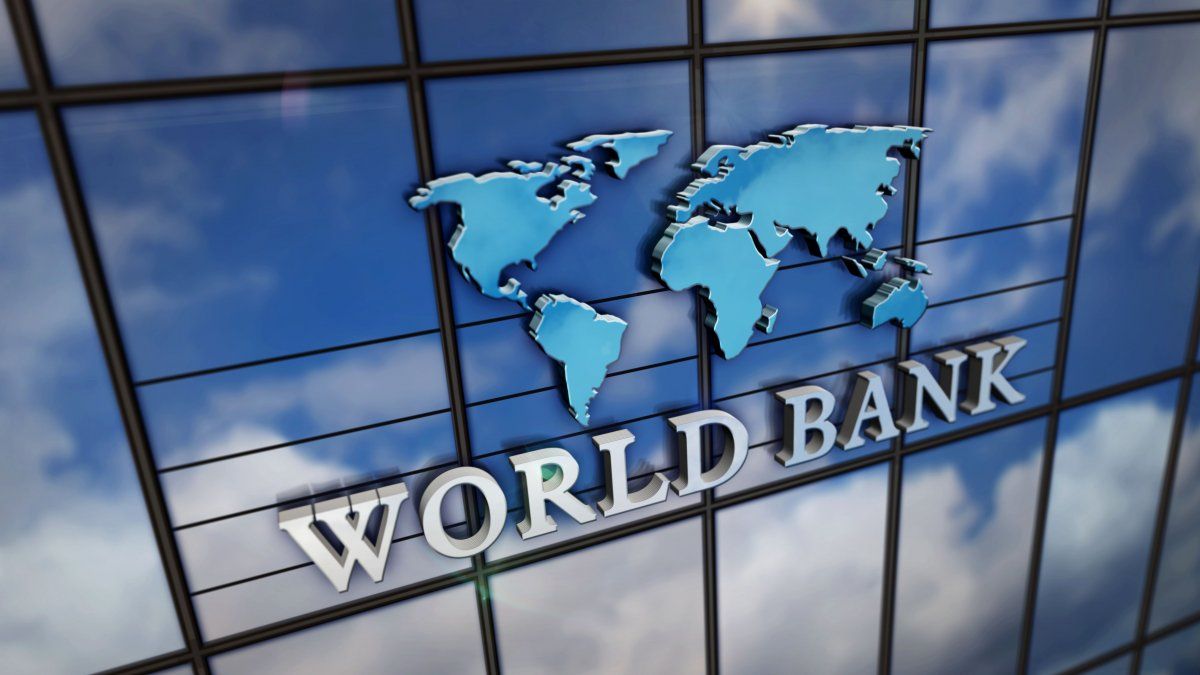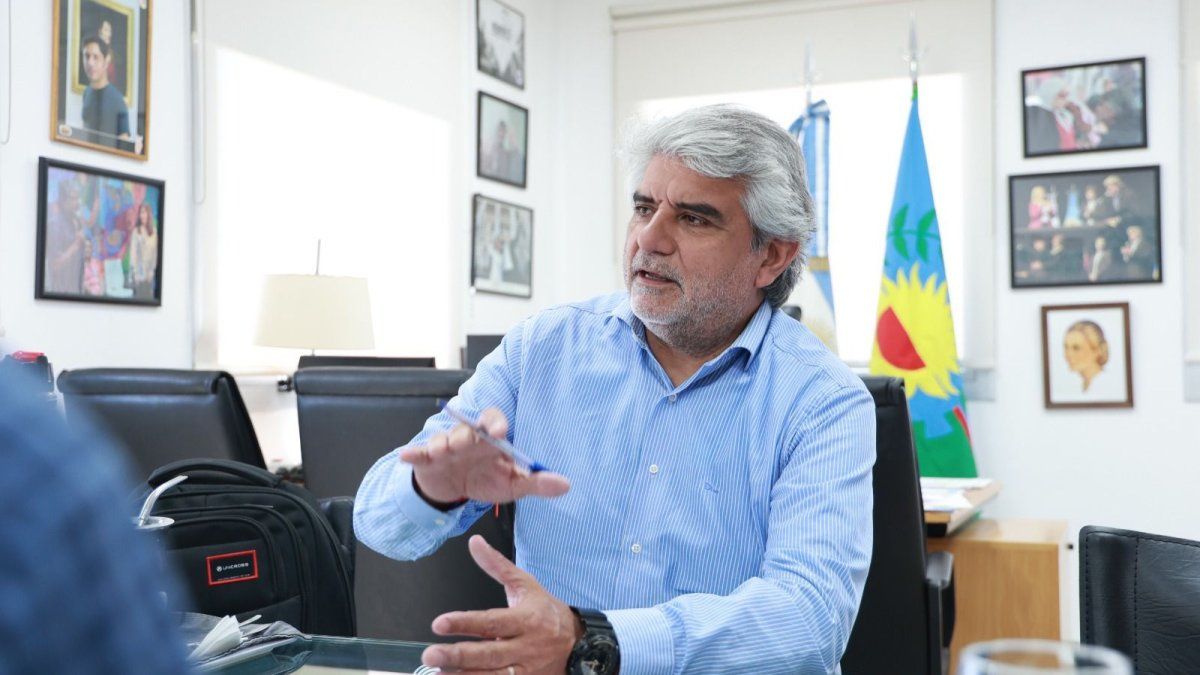“In Argentina a remarkable economic rebound continues after two consecutive years of contraction, Although deep challenges persist”This is indicated by a report of the World Bank released this Tuesday in Washington in which he anticipates a 4.6% GDP increase for the current year. The document states that Latin America and the Caribbean can break its low growth cycle by promoting entrepreneurship to create jobs, stimulate productivity and accelerate innovation.
The new economic report of Latin America and the Caribbean of the World Bank Group, “Transforming entrepreneurship for employment and growth” states that “Conditioned by persistent inflation, the increase in debt, the weakness of investment and world uncertainty”, the region will grow 2.3% in 2025 and 2.5% next yearin what constitutes “The slowest rhythm between the regions of the world.”
In relation to the Argentine case, it is indicated that the rebound in the activity is mainly due to the recovery of agricultural exports after the serious drought of 2023. “The first signs of improvement in consumption and investment are also observed, both of the private sector, supported by the initial implementation of the government stabilization plan, which has coincided with lower inflation and a fiscal surplus.”
World Bank Growth Perspectives
Referring to public accounts, the report states that Fiscal deficits remain at persistently high levels in the largest economies in Latin America. It considers that many nations have difficulty achieved the general fiscal balance due, mainly, to the growing burden of debt service. But he points out how “A different case” to Argentina “which has recently made significant progress towards fiscal consolidation, achieving tax surpluses.”
The World Bank provides that, For the current year, Argentina will be the country that grows the most in the region among the great nations of the area and the second in the whole -the first is Guyana with a projection of 11.8% -.
Reforms
“The governments of the region have guided their economies through repeated crises, while preserving stability. Now is the time to continue building on that basis, accelerating reforms to improve business climate, invest in appropriate infrastructure and mobilize private capital ”he said Susana Cordeiro Guerra, Vice President for Latin America and the Caribbean of the World Bank.
The agency evaluates that the external environment remains complex, With a fall in world demand and raw material prices that are projected, around 10% in 2025 and another 5% in 2026 will decreasewhich will harm key sectors. Uncertainty about commercial policy also threatens access to markets and the relocation of signatures (Nearshoring).
It also warns that in the region Inflation persists and public debt remains highwith a debt/GDP ratio that amounted to 63.8% in 2024, compared to 59.9% in 2019. It argues that monetary flexibility has slowed down in advanced economies, which keeps debt service costs high and increases credit, further braking investment, employment creation and increased productivity.
In this context, the report urges to implement internal reforms to attract investment and promote transformative entrepreneurship pointing to high growth companies that disseminate technology, create employment and increase productivity.
“The entrepreneur is the key development actor: identifies opportunities, innova and assumes the necessary risks to generate added value and employment, ”he said William Maloneychief economist for Latin America and the Caribbean of the World Bank. He said that “creating more dynamic economies in Latin America and the Caribbean will require strengthening our entrepreneurial talent reserve, while implementing the systemic reforms necessary for their development.”
While support for entrepreneurship is considered solid, most companies in the region are microenterprises or small businesses with limited possibilities of growing, representing up to 70% of total companies in some countries. It is considered that a smaller group of “transformative” companies could boost productivity and innovation, but faces already known obstacles: financing shortage, strict regulation, deficit of skills and poor infrastructure.
To stimulate growth and employment promoted by the private sector, the report proposes a three -point agenda:
- Invest in human capital, key to job creation: Strengthen the quality of education at all levels and expand managerial support to promote the training of capable entrepreneurs. As an example, the richest quintile scores in families in Argentina in the World Education Systems Evaluation of the International Student Evaluation Program (PISA) are below those of the poorest quintile in Vietnam, country with half of the income, but main competitor as a destination for foreign direct investment. It proposes to expand short cycle training, aligning job training programs with the needs of the private sector, and update labor regulations to protect workers and support business growth.
- Support political and regulatory reforms that establish a favorable environment for companies: Eliminate distortive subsidies, reform taxes to boost investment and invest in logistics, energy and digital infrastructure to reduce entry barriers.
- Expand access to financing, including private investment: More than a quarter of companies face credit restrictions, approximately twice the OECD rate. It is necessary to strengthen the distribution of risk, expedite the resolution of disputes and modernize bankruptcy laws to improve capital allocation and protect creditors and entrepreneurs.
Source: Ambito




